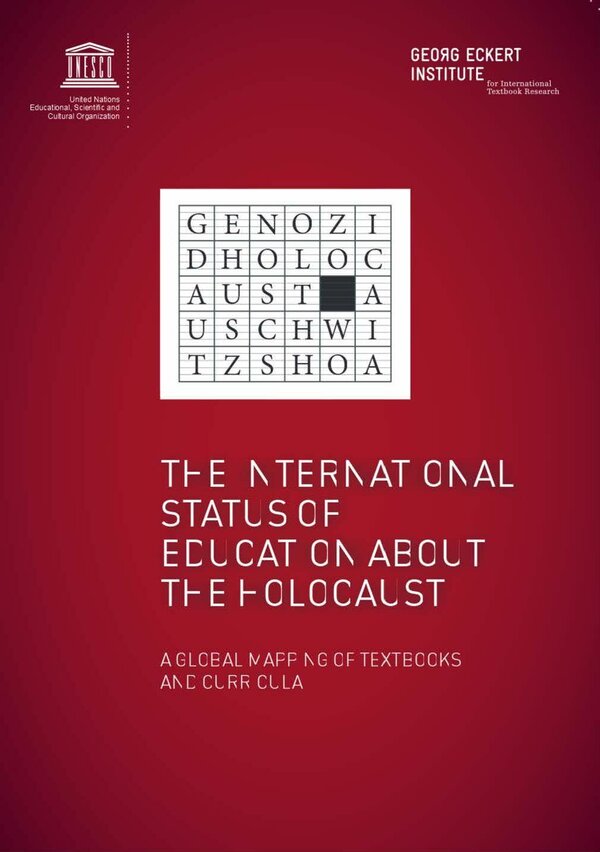International Status of Education on the Holocaust

How is the Holocaust presented in secondary level history and social studies curricula worldwide? And how is it conceptualised and narrated in textbooks? To answer these questions, researchers at the Georg Eckert Institute for International Textbook Research, in cooperation with UNESCO, have documented and compared historical understandings of the Holocaust found in 272 currently valid curricula from 135 countries, and in eighty-nine textbooks published in twenty-six countries since 2000. The report shows that the Holocaust is represented in broadly shared patterns, which convey recurrent spatial (geographical) and temporal scales, protagonists, interpretive patterns (according to definitions, causes, relativisation, or banalisation), narrative techniques, and didactic methods. At the same time, the report shows how knowledge is de- and recontextualised worldwide, for all countries demonstrate narrative idiosyncrasies by emphasising selective information and the local significance of the event, or by appropriating it in the interests of local populations. According to its authors, ‘the report not only helps us to gain an insight into the status of the Holocaust in educational materials in Africa, Asia, Europe and America, but also provides policymakers with ideas about how to develop literacy concerning the Holocaust and other mass atrocities’.
Copies of the report may be ordered directly from UNESCO or downloaded via the following sites.
Orders: http://www.unesco.org/new/en/unesco/resources/publications/unesdoc-database/
Download: http://unesdoc.unesco.org/images/0022/002287/228776e.pdf
Flyer: http://www.unesco.org/new/fileadmin/MULTIMEDIA/HQ/ED/pdf/Flyer_final1.pdf
Contact
Eckhardt Fuchs (Project Leader)
Peter Carrier (Principal Investigator)
Torben Messinger (Project Coordinator)